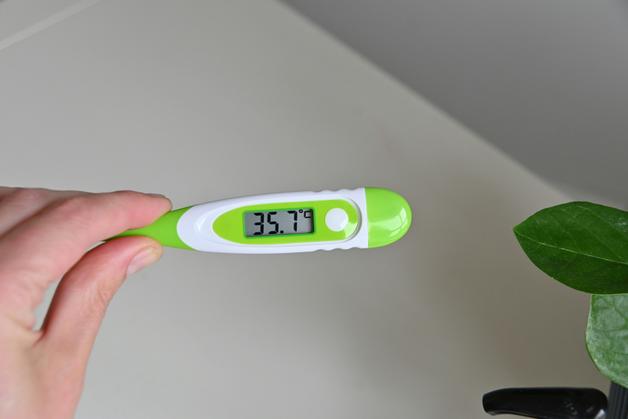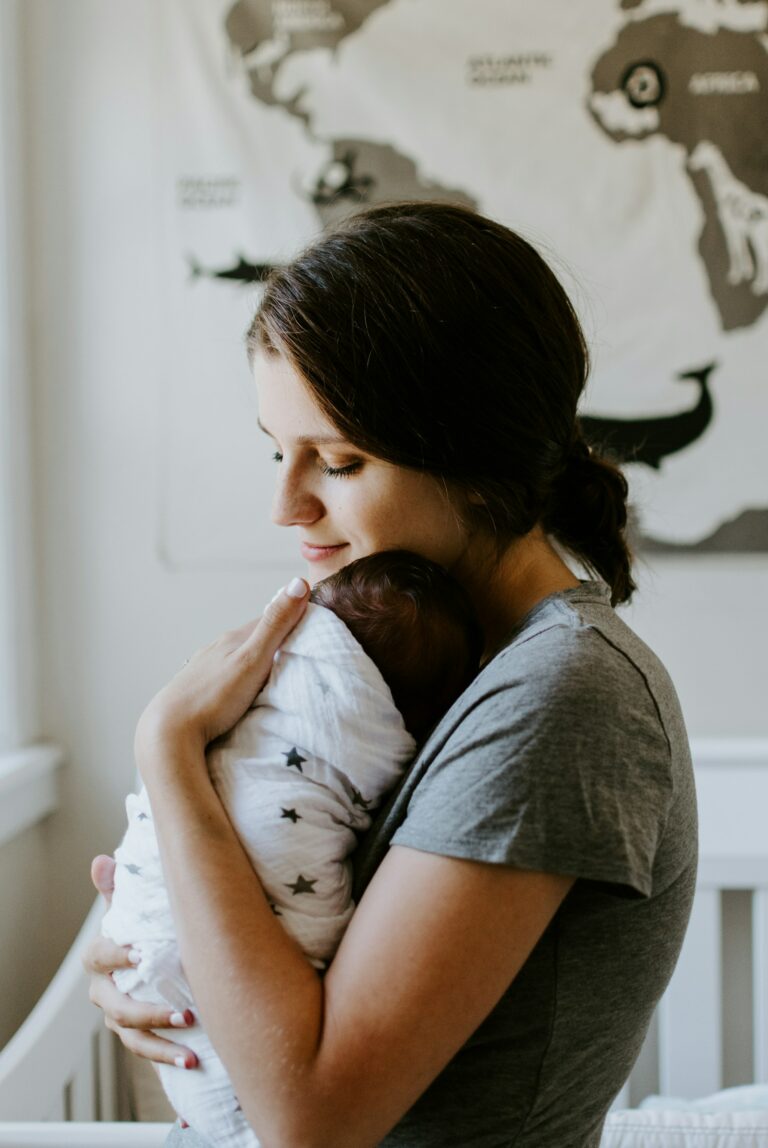The journey of parenthood, right from the very first days, brings an avalanche of questions. Is my baby’s movement normal? Should I be worried if my child hasn’t started crawling like others the same age? The crawling reflex, though it sounds technical, is at the very heart of these early concerns. Difficulties with muscle tone, posture, sudden movements – these often evoke confusion and sometimes a dash of worry in families navigating their baby’s developmental milestones. Yet, understanding the crawling reflex can offer immense relief and even open doors to empowering strategies for nurturing your child’s growth.
From the subtle flexion of tiny arms to those powerful leg thrusts that predict the first crawl, the crawling reflex is far from just a medical term. Rather, it marks the vital intersection of neurological readiness and physical curiosity. In what follows, questions that crowd your mind – about timelines, warning signs, and practical steps – find evidence-based answers. The signposts are clear, but each child’s path carries its own beautiful rhythm.
Crawling Reflex: Core Principles for Parents
The Science Behind the Crawling Reflex (STNR)
Have you noticed your baby instinctively flexing arms and straightening legs when looking down? Or arching up with limbs realigned when the head tilts skywards? These movements are not random. Crawling reflex, formally known as Symmetric Tonic Neck Reflex (STNR), is a primitive neurological response, appearing between 6 and 9 months. Controlled by the brainstem, it triggers a specific pattern: head flexion brings bent arms and straight legs; head extension does the opposite. This innate reflex orchestrates the preparatory choreography required before voluntary crawling.
It’s fascinating: movement in babies is not just about muscles, but about nerve pathways, integration of sensory input, and the gradual handover from reflex-driven to voluntary action. The crawling reflex acts as a bridge—part reflex, part rehearsal for future mobility.
Why the Crawling Reflex Matters for Your Baby
Is it only about movement? Far from it! The crawling reflex activates muscles across the trunk, arms, and legs, establishing core strength required for later milestones. Beyond muscle, it sets up the patterns for bilateral coordination—preparing both sides of the body for complex activities like rolling, sitting, or, later, writing and dressing.
A less obvious but equally vital benefit? Sensory and spatial awareness. With each push and shuffle, your baby’s hands and knees engage with textures and distances. Vision and touch combine with movement data, subtly wiring the brain for hand-eye coordination and planning. It’s this detail that bridges the crawling reflex to cognitive development.
Timeline: When Does the Crawling Reflex Show Up?
Onset, Integration, and Individual Variation
Many parents, often with a perplexed gaze, wonder, “Is there a precise moment for crawling reflex to kick in?” While some newborns may show an early version—reciprocal leg movements when the soles touch a surface (a sign of healthy motor pathways)—the signature crawling reflex (STNR) typically emerges between 6-9 months.
It’s not present at birth, and integrates (or fades) naturally as intentional crawling replaces the automatic response. The classic crawling pattern predominantly evolves between 9-11 months, when voluntary, purposeful movements dominate.
What if your child is slower? Variability is expected. Delayed emergence might simply reflect your child’s unique timeline, but monitoring other milestones—like head control by 6 months or sitting by 8 months—is sensible.
Linked Reflexes and Milestones
Crawling reflex does not work alone. It appears after the Tonic Labyrinthine Reflex (TLR)—critical for early posture—and after the Landau reflex, which fosters limb extension against gravity. The sequence matters: each builds upon the last, ensuring that when crawling begins, your baby is neurologically and physically prepared.
How the Crawling Reflex Unfolds
Observable Patterns and Parental Clues
What does this reflex look like, practically? Place your infant in a hands-and-knees position—tuck their chin, and you’ll notice bent arms and straight legs; lift the head, and the pattern flips. (Medical professionals employ such maneuvers, not just for play but as part of neurological assessments.)
Neurological Foundations and Motor Coordination
The crawling reflex is powered by the brainstem—an area managing basic, automatic functions before conscious movement develops. It wires in bilateral coordination, letting both sides of the body perform together and independently, laying groundwork for later, cross-body skills.
Preparing the Brain for Higher Functions
It does not stop at muscle control. The repetitive, cross-lateral movement involved in crawling reflex helps build robust neural connections, especially in the corpus callosum (the bridge between brain hemispheres). Consequences? Improved sensory processing, planning, and eventually, academic skills such as reading and writing.
Crawling Reflex Versus Voluntary Crawling
Reflexive Responses vs. Intentional Movement
Automatic, unconscious—these words define the crawling reflex. But as your baby’s muscles strengthen, intentional movement steps in. Voluntary crawling comes with purpose; the baby seeks, explores, and problem-solves. This leap from reflex to deliberate action signals maturation of the brain, with higher centers taking the reins.
Transition to Independent Exploration
From 6-9 months, reliance is on reflex. Over the coming weeks, you’ll notice a blend of guided (by reflex) and experimental (by intent) movements. This gradual shift ensures that, when the reflex retires, your child is ready for efficient and controlled mobility.
Crawling Reflex and Motor Skill Development
Strength, Balance, and Coordination
Let’s unravel a classic observation: babies with a well-integrated crawling reflex frequently demonstrate impressive trunk strength. The reason? The process demands the simultaneous use of multiple muscle groups, including the core, shoulders, and legs.
The hands-and-knees position, promoted by crawling reflex, conditions balance. Each movement refines spatial judgement—how far, how high, how hard to push—skills indispensable for eventual walking, running, and even climbing stairs.
Fine Motor Skills and Everyday Activities
The indirect effects are easy to miss but profound. Crawling, enabled by the crawling reflex, supports the development of hand control and finger dexterity—yes, even handwriting or using utensils find their roots in these foundational patterns.
Addressing Delays in the Crawling Reflex
Late Onset or Absence: When Should Parents Worry?
What if, by 9 or 10 months, the crawling reflex seems absent or your baby resists moving onto hands and knees? Possible causes span from low muscle tone to a preference for constant carrying, history of prematurity, or subtle neurological quirks. Sometimes, babies just prefer rolling, scooting, or pulling up.
Should alarm bells ring? Not immediately. Keep a close watch on broad developmental progress. If delays cluster—poor head control, difficulty sitting, persistent stiffness or floppiness—it’s wise to check in with a paediatrician. Individual pacing is normal, but clustered warnings need expertise.
Encouraging Healthy Crawling Reflex Development
- Tummy time: Start with small sessions; even a few minutes matter. It’s not just play—it primes the muscles and fosters resilience.
- Stimulating environment: Place an appealing toy just beyond reach. Watch as curiosity powers effort.
- Gentle encouragement: Smiles, soft words, and a reassuring touch. These don’t just foster movement, they nurture confidence and joy.
Signs and Impact of a Retained Crawling Reflex
Observable Effects of Persistence
A crawling reflex persisting beyond 11 months could show itself subtly: slouched or hunched posture, recurring W-sitting, frequent clumsiness, difficulties in timing movements. Core strength may lag, resulting in messy feeding or struggles with hand-eye coordination.
Sensory, Behavioural, and Functional Outcomes
Retention impacts more than just movement. Parents might notice heightened distractibility, fidgeting, or challenge with attention. Sometimes, feeding difficulties or awkward handwriting echo this retained reflex. The link often goes unrecognised, but understanding the roots makes all the difference.
Factors Associated with Retained Reflex
Medical research points to risk factors: prematurity, complicated birth, low physical activity, limited floor time, and overuse of restrictive devices (swings, seats, carriers). Each can subtly hinder the natural integration of the crawling reflex.
Supporting Healthy Integration of the Crawling Reflex
Professional Guidance and Home Activities
Occupational and physical therapy provide time-tested strategies to address lingering crawling reflex. Expert-led exercises aren’t complicated:
- Frequent tummy time sessions (short, regular intervals)
- “Superman” pose: On tummy, lift head, arms, and legs—great for strengthening
- Neck flexion/extension exercises in the hands-and-knees stance
- Cross-body crawling practice: Gentle alternation of arms and legs
Making Play Part of Therapy
Structured play, with parent involvement, favourite toys, and music, transforms exercises into enjoyable routines. Adjust intensity and session length to the stamina of your child—progress at a pace that feels right for both.
When to Consult a Health Professional
Listen to your instincts: if your child avoids crawling altogether by 10 months, has poor head control by 6 months, exhibits unusual muscle tone, or shows sustained coordination challenges—these are signals to seek expert advice. No single sign spells trouble, but expert reassurance can guide your journey.
Advances and Research in Crawling Reflex
Scientific literature increasingly highlights the relationship between the crawling reflex and advanced motor planning, postural control, and even school readiness. Recent studies explore evolutionary explanations, suggesting these early patterns once played vital roles in survival, underpinning the need for timely, smooth reflex integration.
Key Takeaways
- The crawling reflex (STNR) introduces the foundational patterns for muscle coordination, balance, and exploratory behaviour, usually emerging between 6 to 9 months.
- Integration of the crawling reflex paves the way for efficient crawling, sensory discovery, and prepares the nervous system for milestones like walking and fine motor task mastery.
- Each child progresses at their own rhythm; regular tummy time, positive environment, and gentle stimulation can help.
- Unresolved concerns—delayed milestones, postural difficulties, poor motor coordination—may need the advice of a paediatrician or therapist.
- For parents wishing to track and support healthy movement development, tools like the application Heloa offer free health questionnaires and tailored advice.
Questions Parents Ask
At what age does the crawling reflex typically disappear?
Usually, the crawling reflex shows up between 6 and 9 months and gradually integrates as voluntary movement takes the lead, most often fading between 9 to 11 months. If this pattern sticks around much beyond a year, or fades away extremely early, discussing it with your child’s doctor is a good step—children do vary, but knowing when to check is key.
What does the crawling reflex really indicate about my child’s growth?
The presence of the crawling reflex within the expected age signals positive development of the neurological pathways responsible for movement and sensory processing. This reflex is part of the normal group of primitive responses in infancy, acting as a stepping stone for voluntary, purposeful action. Its gradual transformation into deliberate movements demonstrates healthy maturation.
Should I worry if my child never crawled?
Not all children follow the textbook sequence—some skip crawling entirely and move straight to standing or walking. While the crawling reflex still should be present at the right time, absence of classic crawling by itself is not always a cause for concern if other motor milestones are reached on time. However, spotting any bundled delays—troubles with sitting, rolling, or using both sides symmetrically—should prompt a medical check-up.
Can a retained crawling reflex cause issues at school age?
Quite possibly. Persistent crawling reflex has been linked to problems with posture, balance, and fine motor skills such as handwriting. Sometimes, attention and coordination challenges trace back to this early stage. Screening and targeted exercise support can make a meaningful difference if recognised.
What activities support healthy crawling reflex integration?
Regular tummy time, activities that encourage moving between head flexion and extension (such as “airplane” or “superman” games), and cross-body crawling practice (with support if needed) are helpful. Keeping play fun and pressure-free matters the most—progress is often fastest with joy and curiosity at the center.
Further reading:









